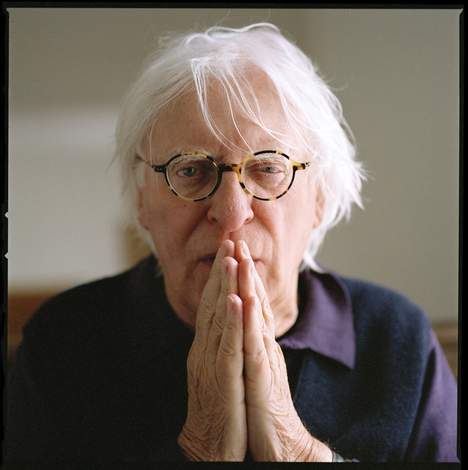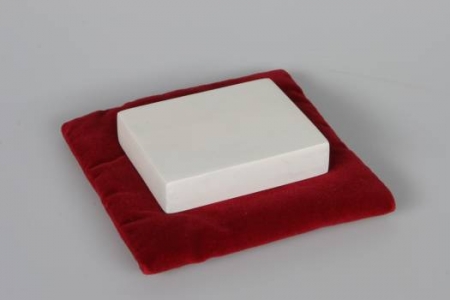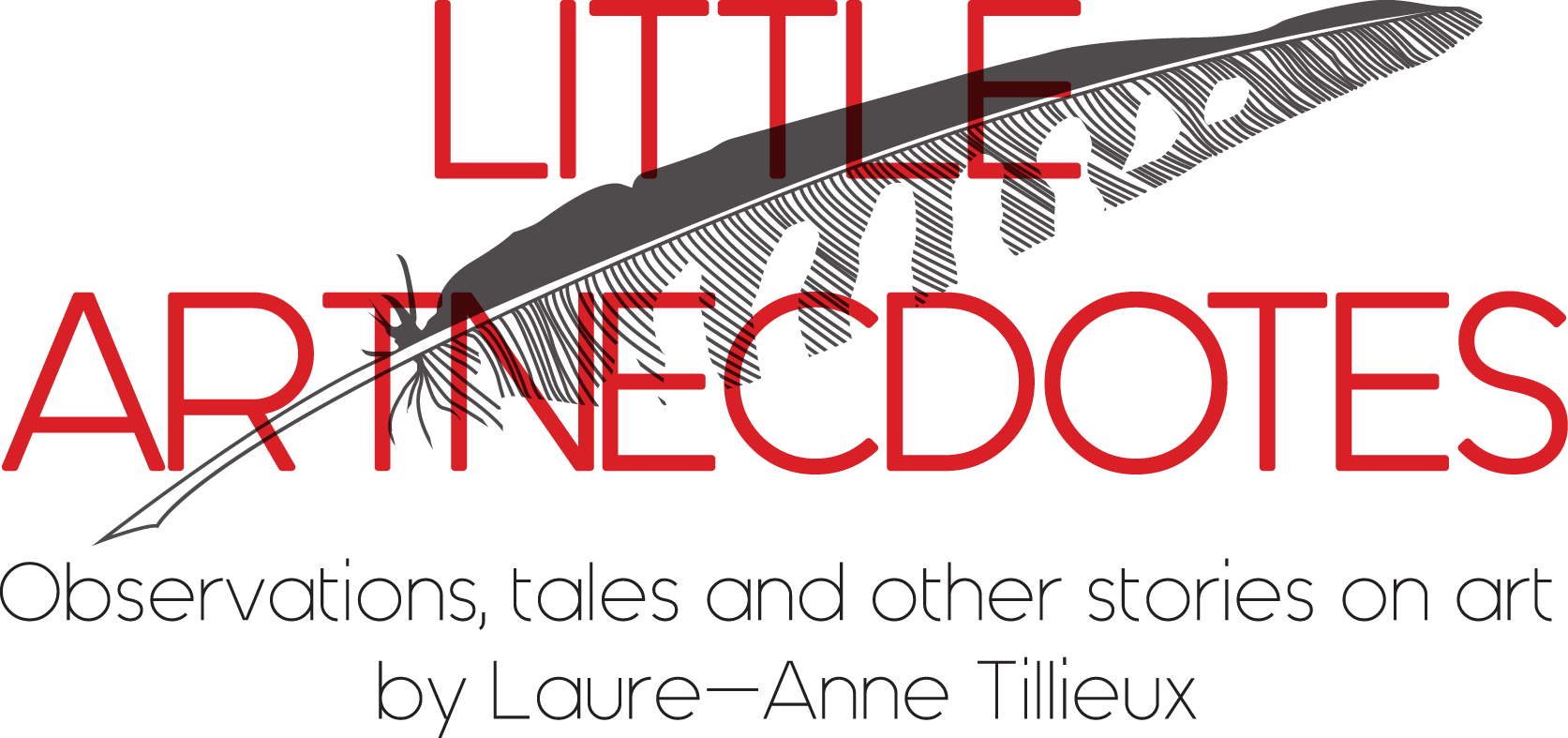White small cube on red velvet pillow
In the middle of the ocean a Dutchman painted a tiny cube in white. He painted this at the crossing of two ocean winds on the Atlantic Ocean. He chose this very specific location for the purity of the air so that dust got no chance to settle on the wet surface. The cube was so small that he later decided to exhibit it on a red velvet pillow under a glass bell jar, as it were a diamant. The perfect painted and precious looking cube was baptized La Pièce (1971). It became the most famous work of this Dutchman and formed a reaction on the rather spectacle art of the Americans as Robert Smithson. This Dutchman was no other than conceptual artist Ger van Elk (1941-2014).
Van Elk passed away at the age of 73. He was considered, together with Jan Dibbets and Marinus Boezem, as the most important representative of conceptual art in the Netherlands. He worked with different materials as canvas, wood and rope and produced sculptures, installations, video works and painted photographs.
Also well-known outside of our borders, the artist participated in international historic and leading exhibitions as ‘Op losse schroeven/Situaties en cryptostructuren’ at the Stedelijk Museum in Amsterdam, ‘When attitudes becomes form’ at the Kunsthalle in Bern, both in 1969, and ‘Sonsbeek buiten de perken’ in 1971.
Elk’s famous work, La Pièce, remained suprisingly unsold for years. It was purchased just a few years ago by the Kröller-Müller Museum in Otterlo. Although labeled as conceptual artist, Van Elk felt primarily a poet, who was looking for poetic beauty. La Pièce is in its simplicity a realization and completion of this pursuit of poetic beauty. A beautiful contribution to art.


La Pièce. Courtesy Kröller-Müller Museum Otterlo
